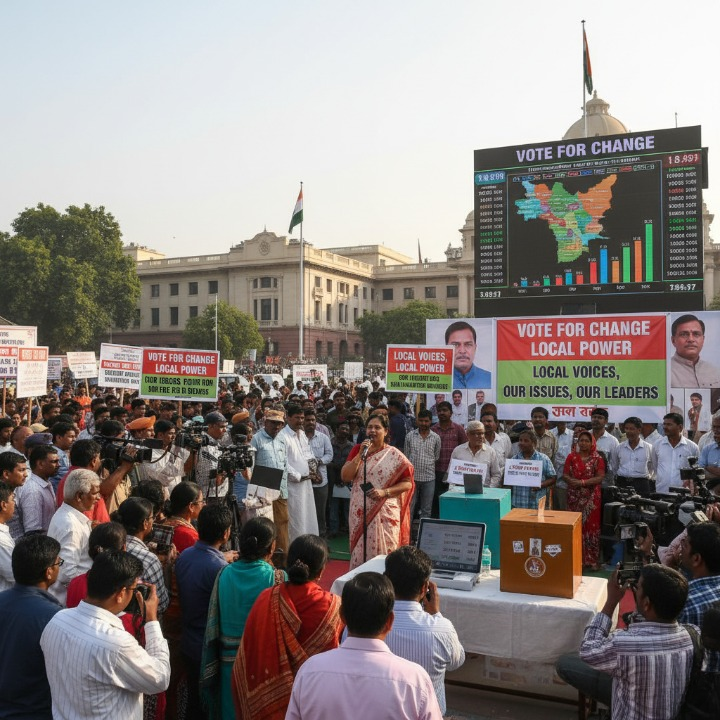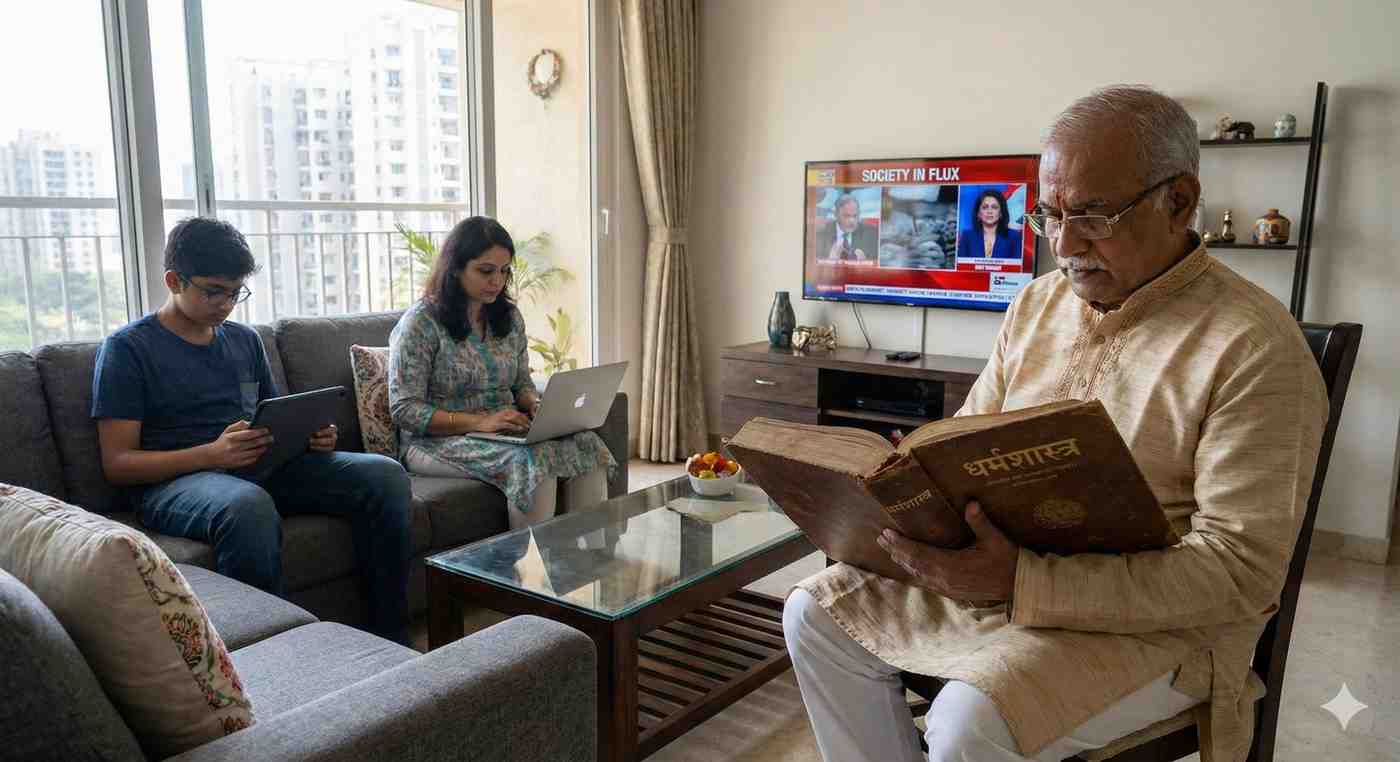
The Role of Grassroots Movements in Shaping UP’s Political Landscape : How local activism influences governance and electoral dynamics in India’s largest state.
- admin
- October 18, 2025
- People, Uttar Pradesh
- 0 Comments
Introduction
Uttar Pradesh (UP), home to over 240 million people, represents a complex political landscape shaped by its socio-economic diversity. While major political parties dominate headlines, grassroots movements have been pivotal in driving political and social change. From mobilizing marginalized communities to advocating for pressing issues like land rights and education, these movements continue to influence UP’s governance and electoral dynamics. This article examines how grassroots activism is reshaping UP’s political fabric.
Key Grassroots Movements in Uttar Pradesh
1. The Dalit Rights Movement
UP has long been a focal point for Dalit empowerment, with leaders like Kanshi Ram and Mayawati emerging from grassroots activism.
- Milestones:
- The rise of the Bahujan Samaj Party (BSP) was deeply rooted in grassroots efforts to mobilize Dalits and marginalized communities.
- Movements advocating for access to education, land ownership, and representation in governance have redefined political discourse.
- Impact:
- The Dalit rights movement continues to influence election strategies, policy formulation, and representation at both state and national levels.
(Source: UP Legislative Assembly Reports)
2. Farmers’ Protests and Agrarian Movements
Agriculture employs over 50% of UP’s population, making farmers’ concerns central to its political landscape.
- Recent Developments:
- The 2020–2021 Farmers’ Protests, which drew significant participation from western UP, highlighted grievances over the now-repealed farm laws.
- Movements led by organizations like the Bhartiya Kisan Union (BKU) have pushed for better crop prices, debt relief, and irrigation facilities.
- Political Impact:
- Agrarian movements have influenced election campaigns, compelling political parties to prioritize rural and agricultural issues.
(Source: Ministry of Agriculture and Farmers Welfare)
3. Women’s Empowerment Movements
Grassroots organizations in UP have been instrumental in addressing issues like gender inequality, education, and domestic violence.
- Examples:
- Initiatives like the Self-Employed Women’s Association (SEWA) promote financial independence among rural women.
- Movements advocating for stricter implementation of laws against gender violence have led to policy changes and greater political attention.
(Source: Ministry of Women and Child Development)
How Grassroots Movements Influence Politics
1. Mobilizing Marginalized Communities
Grassroots activism empowers marginalized groups, giving them a voice in governance and policy-making.
- Example:
- The Dalit rights movement has led to increased representation in local bodies and legislative assemblies.
2. Shaping Election Agendas
Movements focused on education, employment, and land rights compel political parties to address these issues in their manifestos.
- Case Study:
- The farmers’ protests influenced parties to prioritize Minimum Support Price (MSP) guarantees in the 2022 state elections.
3. Strengthening Democratic Participation
Grassroots organizations foster civic engagement by encouraging voter awareness and participation in local governance.
Challenges Faced by Grassroots Movements
1. Limited Resources
Many movements struggle with funding and organizational capacity, limiting their reach and impact.
2. Political Co-option
Grassroots leaders and movements are often co-opted by political parties, diluting their original objectives.
3. Suppression of Activism
Activists in UP occasionally face resistance from authorities, hindering their ability to mobilize effectively.
(Source: PRS Legislative Research)
Strategies for Strengthening Grassroots Influence
1. Capacity Building
Investing in leadership training and organizational development can enhance the effectiveness of grassroots movements.
2. Collaboration with Civil Society
Partnerships with NGOs and advocacy groups can amplify grassroots efforts and bring issues to the forefront.
3. Leveraging Digital Platforms
Digital tools and social media can help movements expand their reach and engage with a broader audience.
Expert Opinions
- Political Analyst’s Insight:
- “Grassroots movements in UP act as catalysts for political accountability and inclusivity. Their role in shaping policy priorities cannot be underestimated.”
- Sociologist’s Perspective:
- “By mobilizing underrepresented communities, grassroots activism strengthens the democratic fabric of UP and ensures a more equitable governance model.”
(Source: UP Government Reports)
Conclusion
Grassroots movements in Uttar Pradesh play a critical role in shaping the state’s political and social landscape. By addressing local issues and empowering marginalized communities, these movements act as a bridge between the electorate and governance. While challenges persist, their continued influence ensures that the voices of the most vulnerable are heard, driving UP toward a more inclusive and participatory political framework.



